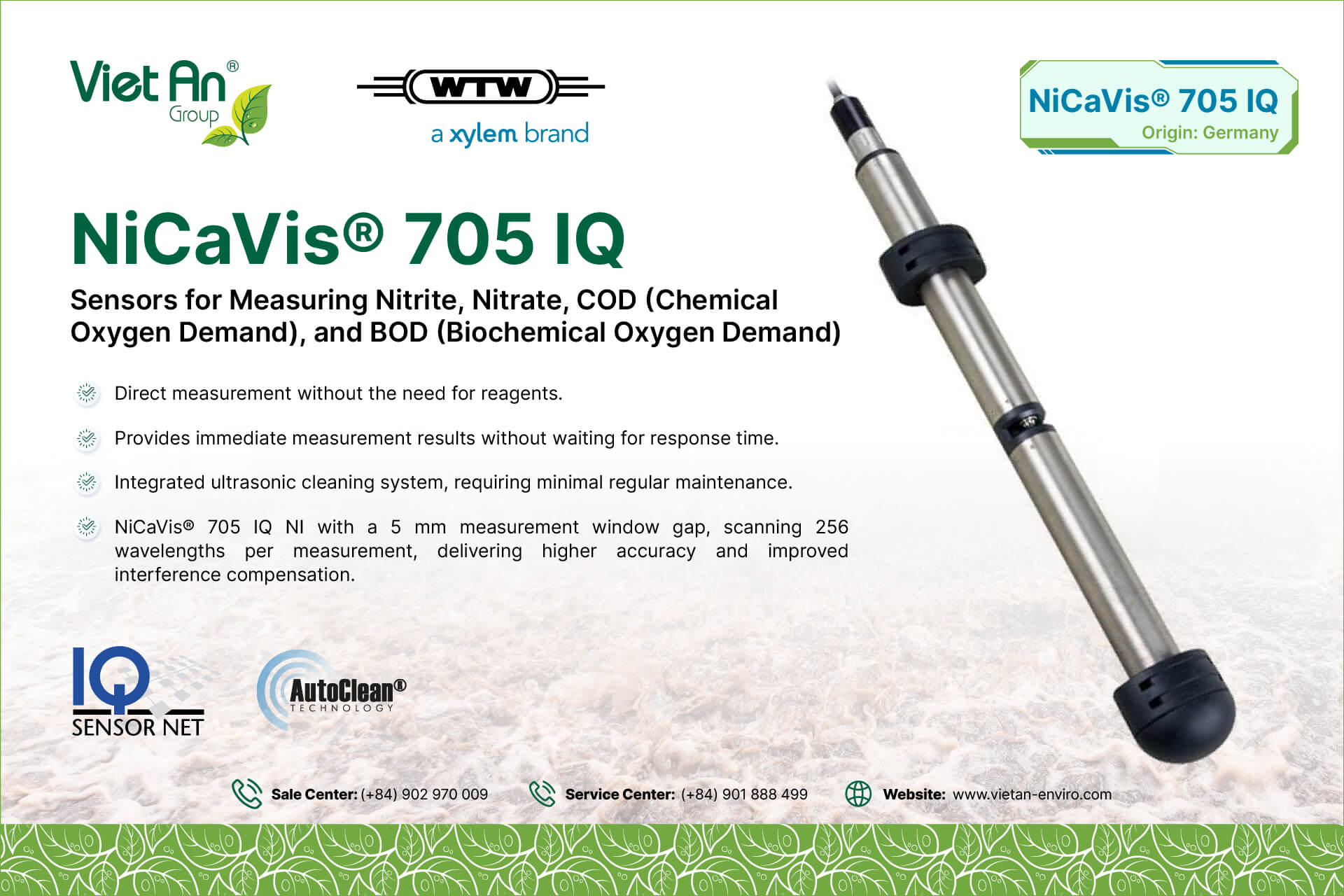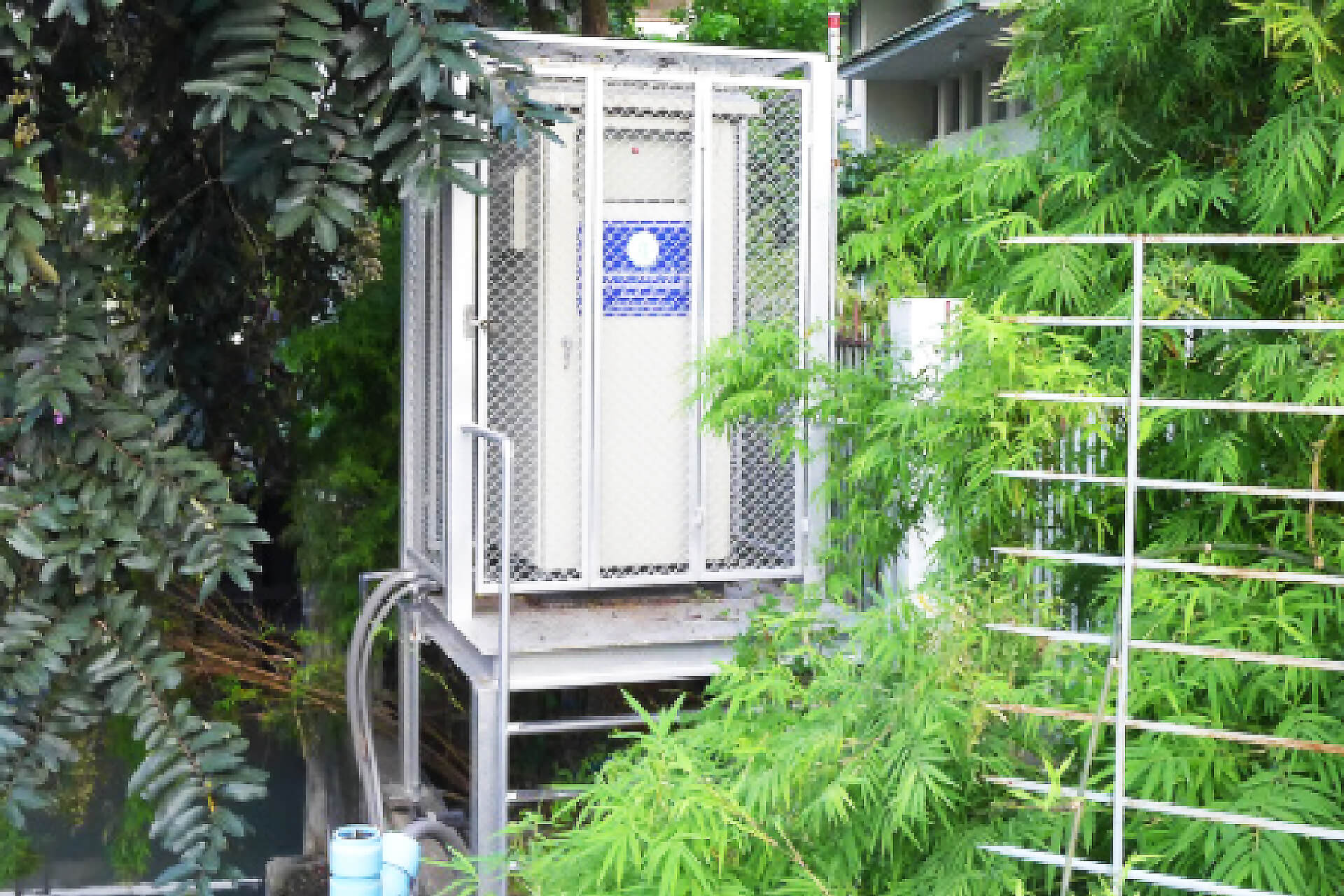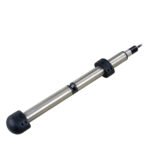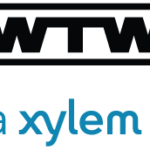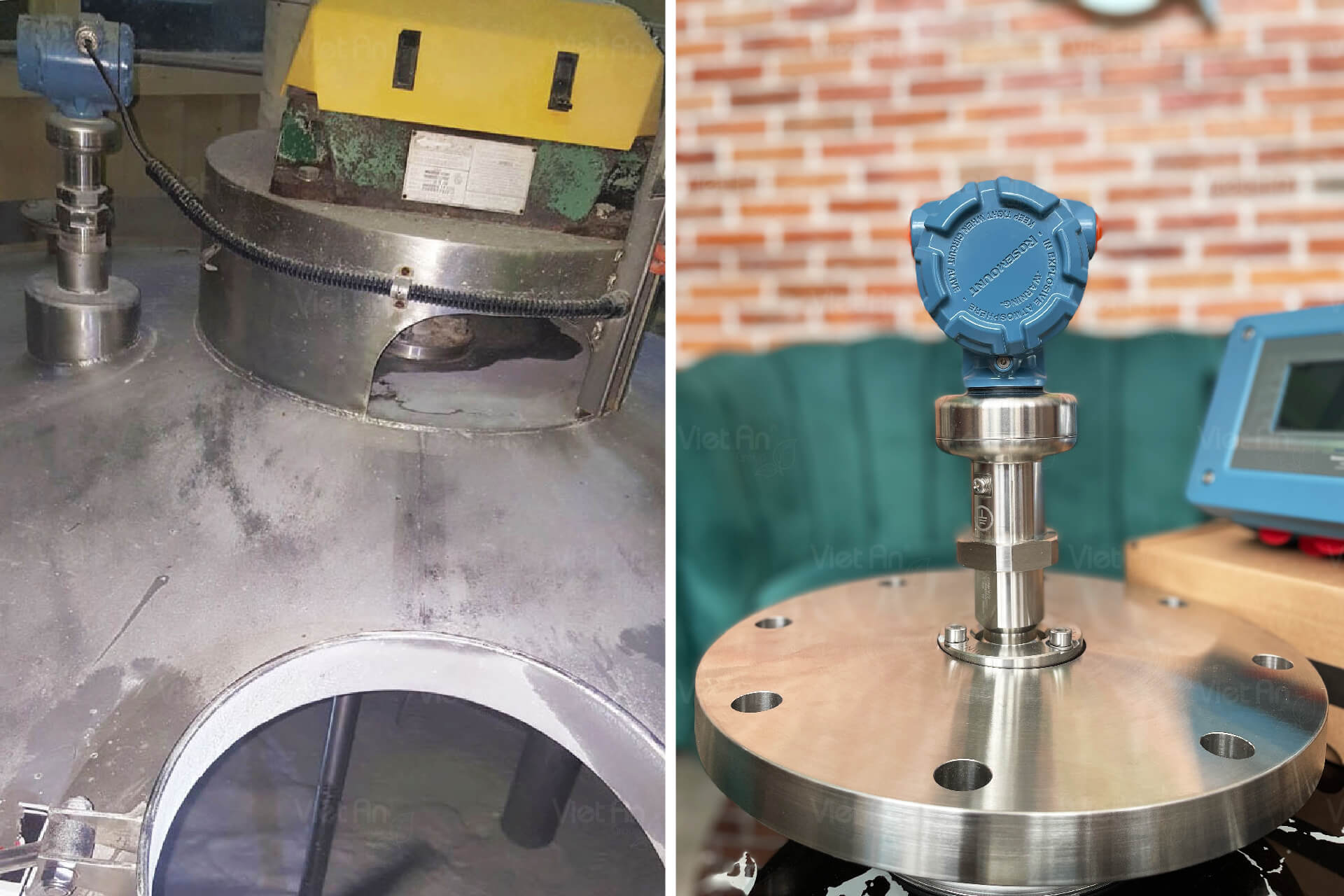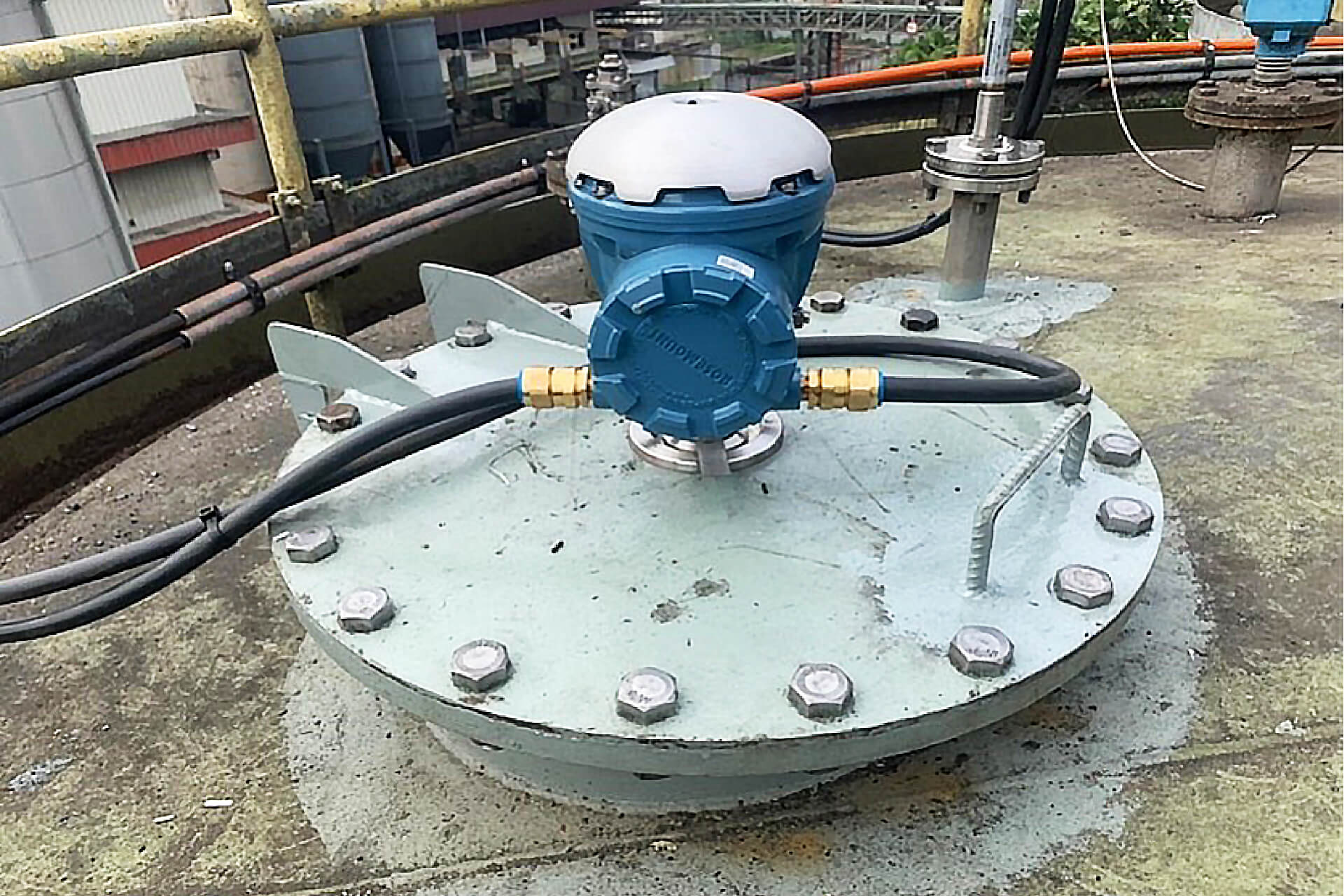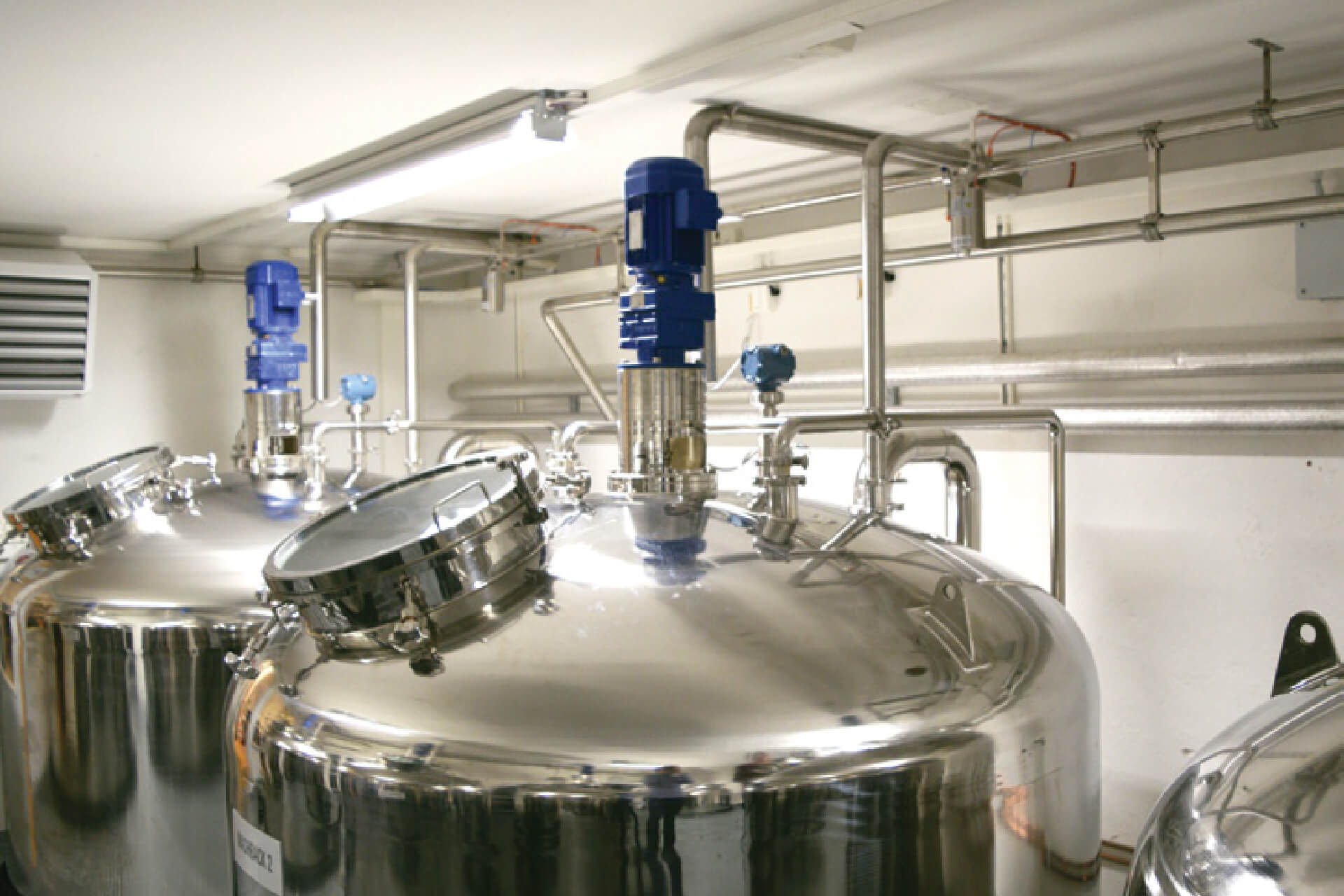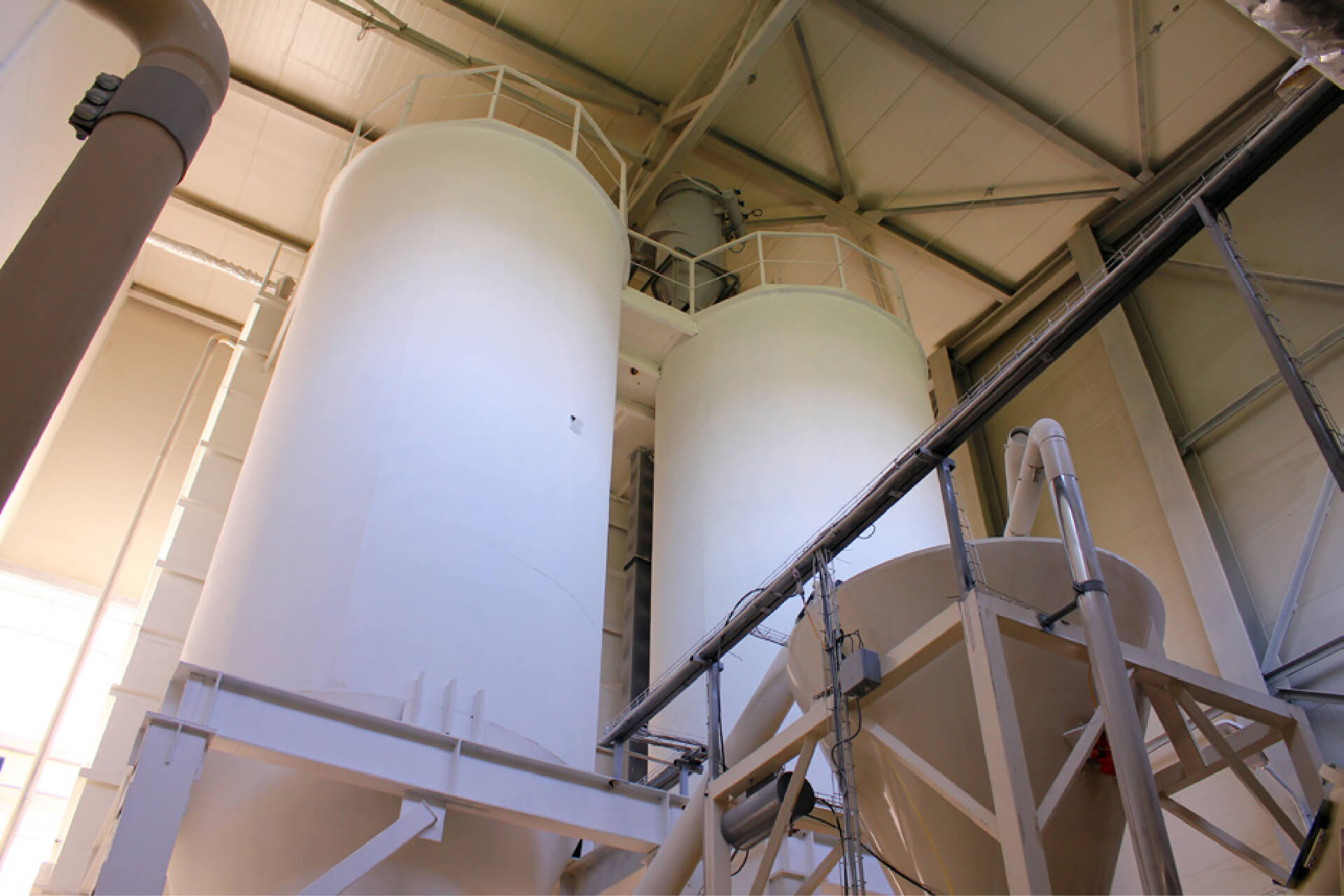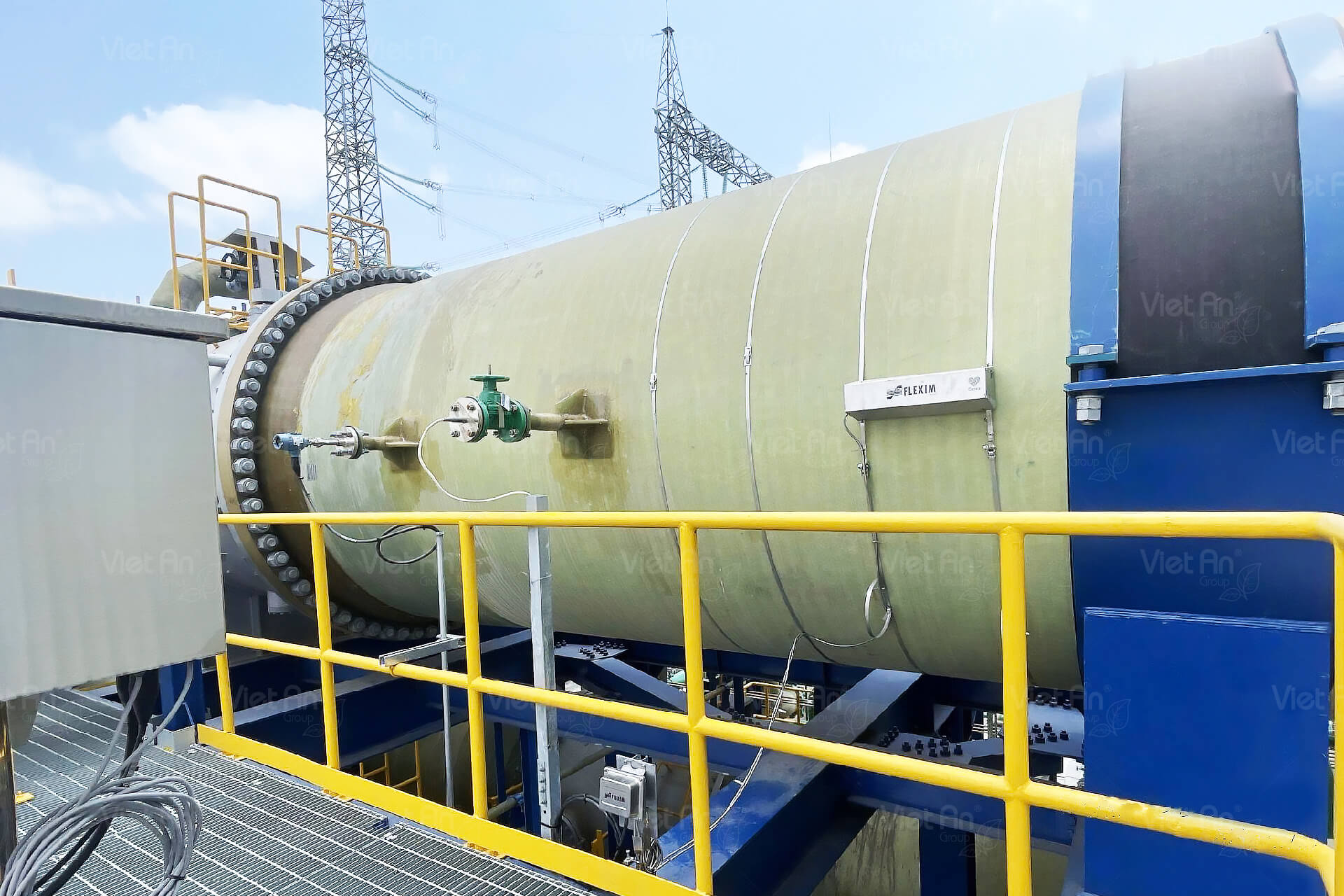Bangkok is characterized by an intricate network of canals (Khlongs), spanning hundreds of square kilometers, which connect major rivers such as the Chao Phraya, Tha Chin, and Bang Pakong. These canals serve not only as transportation routes but also play a critical role in rainwater drainage, flood prevention, the circulation of brackish water for shrimp farms in the southern part of the city, and as conduits for wastewater that ultimately flows into rivers and the sea.
However, river and canal water pollution poses a significant challenge, necessitating advanced solutions for river water quality monitoring.
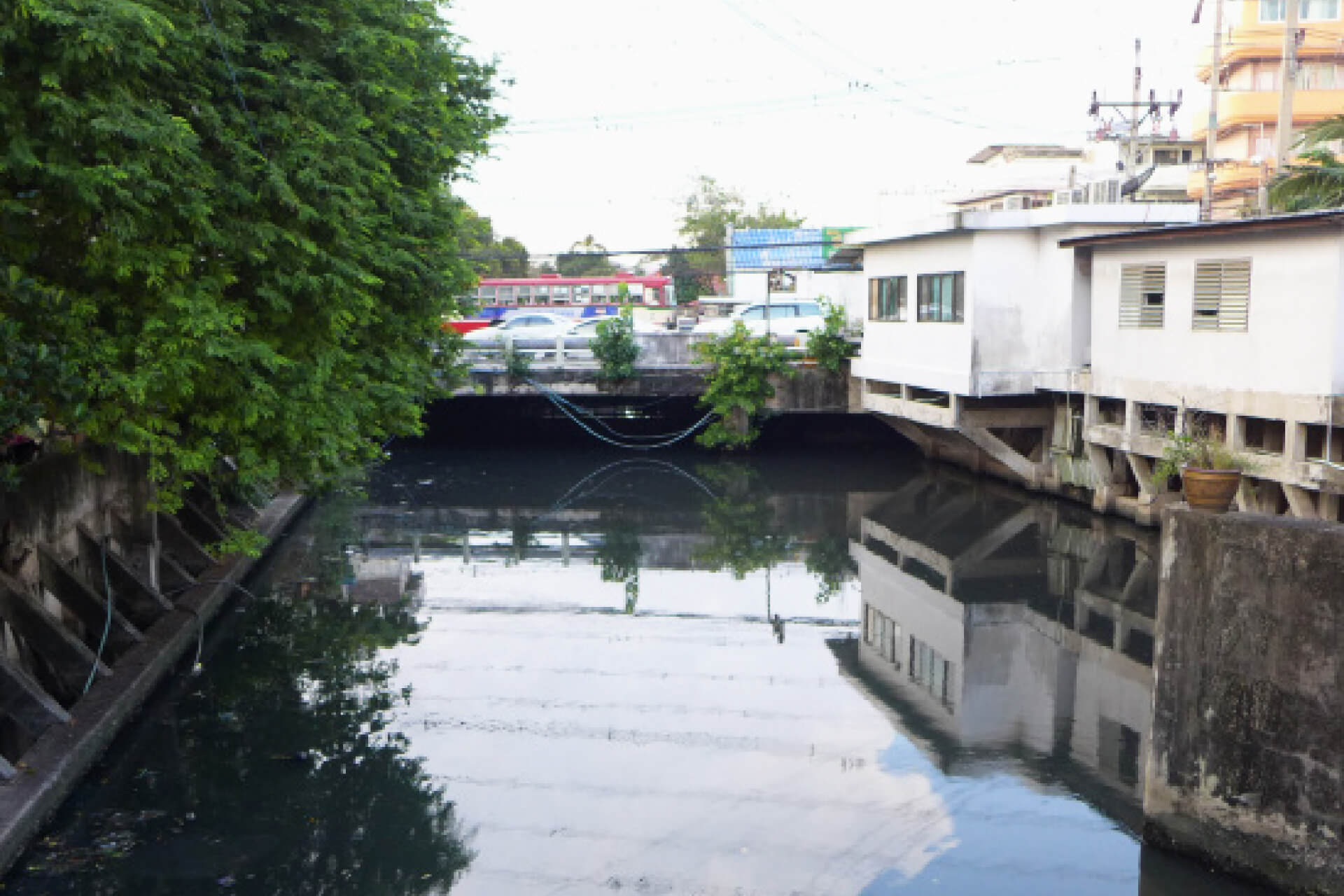
Water Quality Status of Rivers in Bangkok
According to the "2015 Thailand Pollution Status Report" by the Pollution Control Department (PCD) of Thailand, the quality of surface water was assessed as follows:
- 34% of water samples were rated as good quality..
- 41% of water samples were of moderate quality..
- 25% of water samples were classified as poor quality..
In the urban area of Bangkok, characterized by a large population and high industrial density, water quality monitoring indicates that approximately 55% of wastewater is discharged directly into canals and rivers without treatment. This situation underscores the increasing need for automated and efficient water monitoring systems.
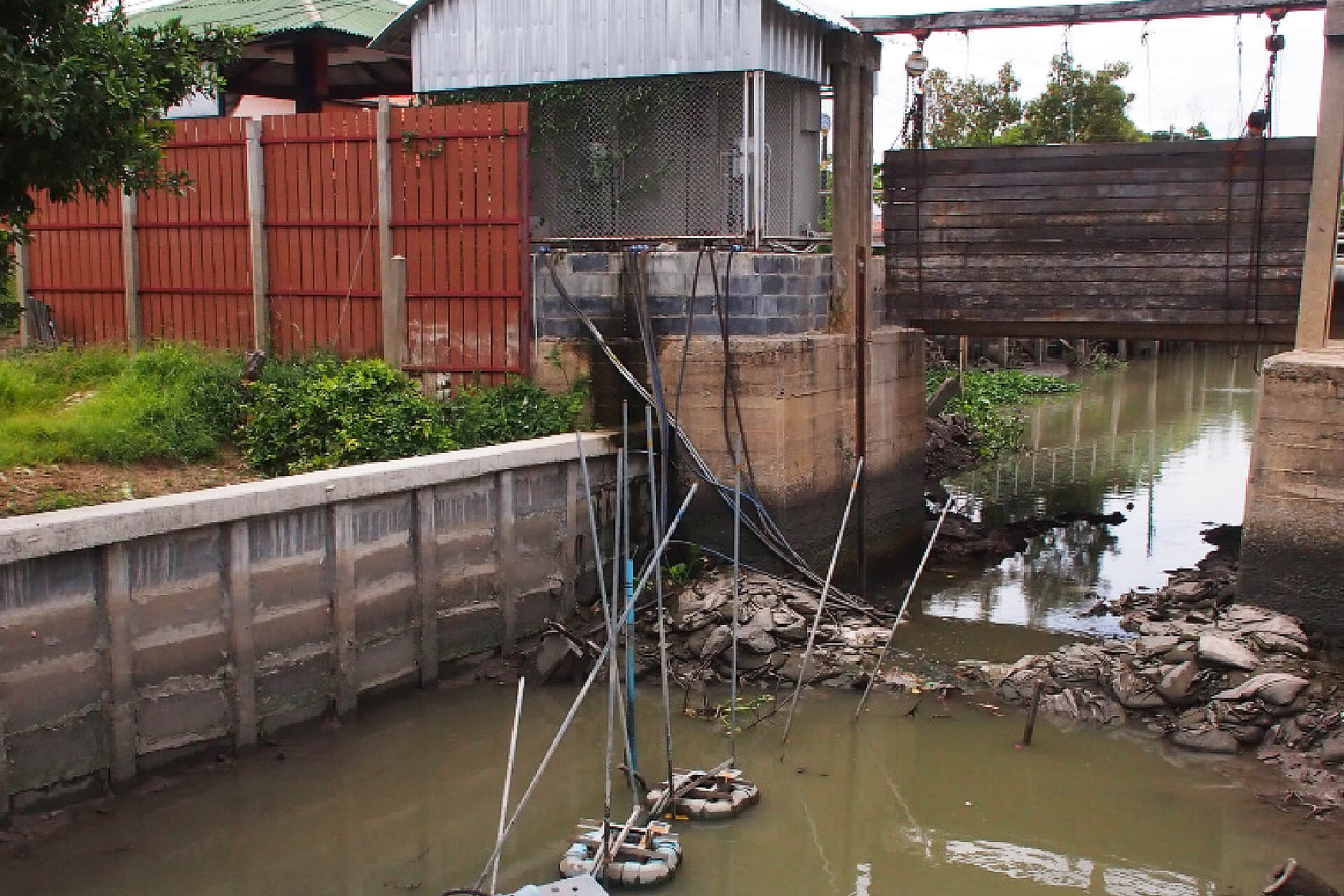
Solutions to Improve River Water Quality in Bangkok
To solve the issue of pollution, several solutions have been implemented:
- The Bangkok Metropolitan Administration (BMA) is constructing four new wastewater treatment plants to increase the proportion of treated wastewater.
- The Thai Goverment has approved a two-year action plan to improve water quality in the Saen Saep Canal..
- Public awareness campaigns have been launched to enhance community understanding of river water pollution and water quality monitoring solutions..
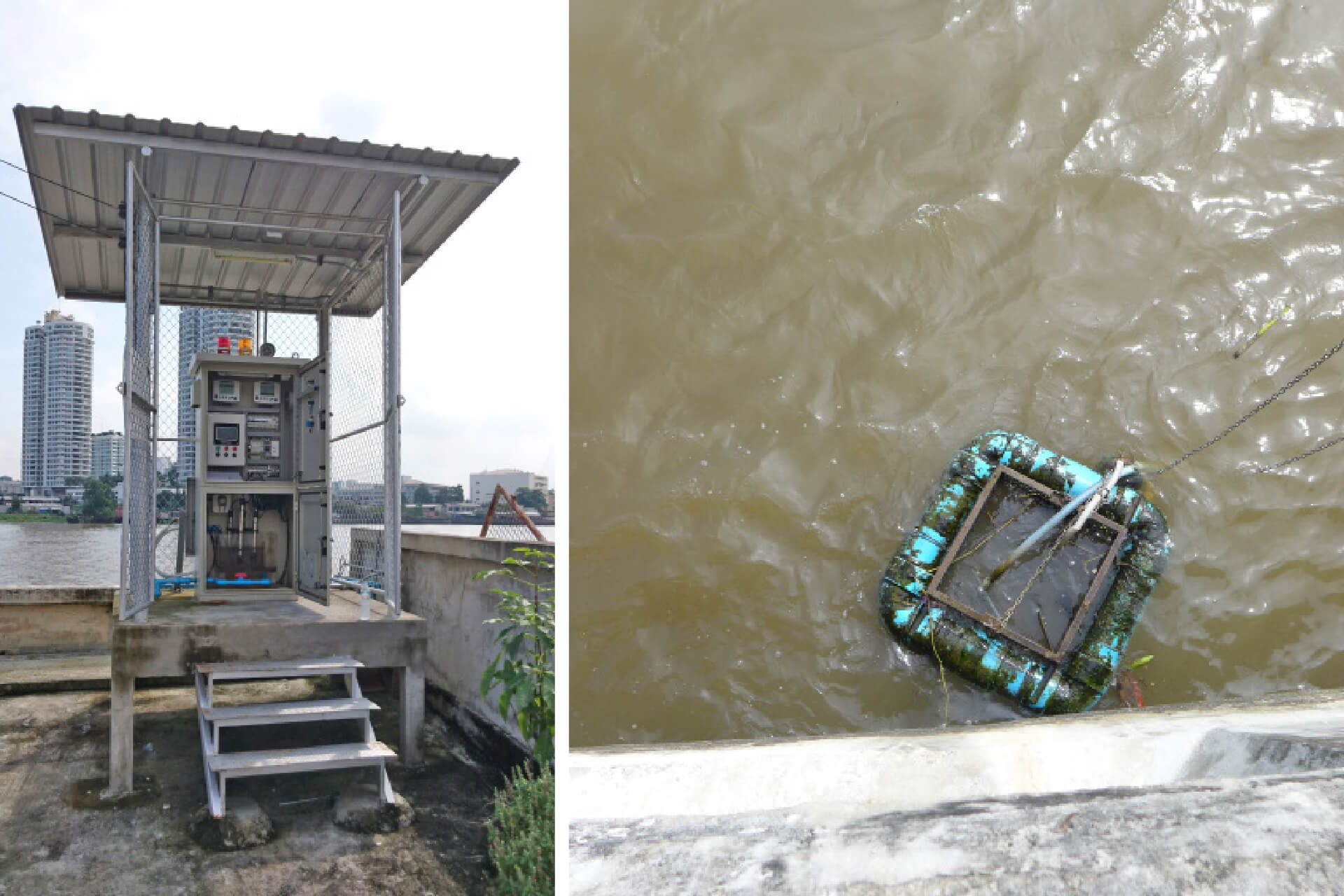
Application of WTW Technology in River Water Quality Monitoring
As of the end of 2015, Xylem Analytics Germany Sales partner in Thailand had installed owned river water monitoring stations in Bangkok, utilizing WTW brandThe standard parameters measured include:
- Dissolved oxygen
- Turbidity
- pH
- Electrical conductivity
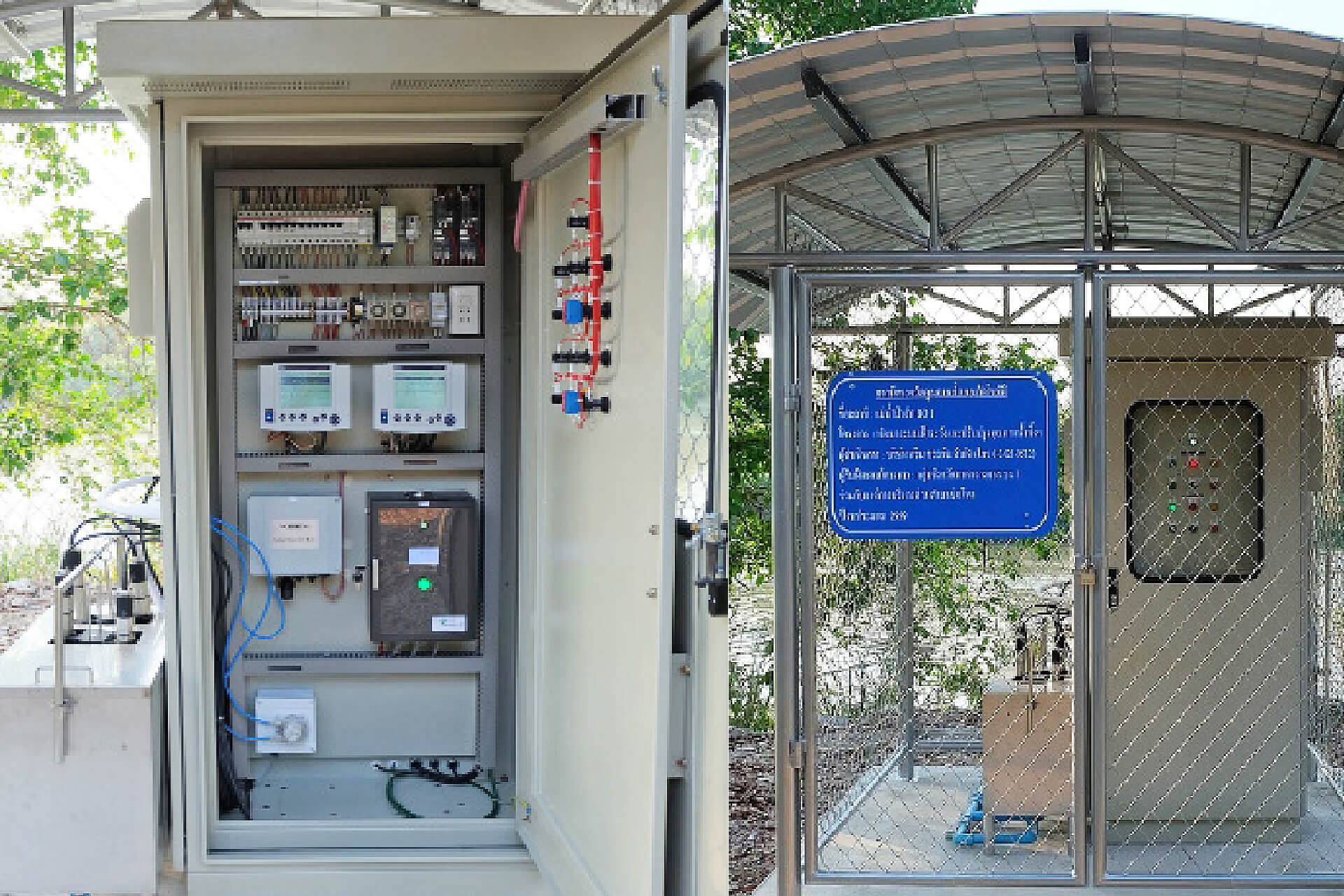
By the beginning of 2016, an additional 16 monitoring stations were installed, measuring parameters such as COD (Chemical Oxygen Demand) and BOD (Biochemical Oxygen Demand) to assess organic pollution levels, along with nitrat using the spectroscopic sensor NiCaVis® 705 IQ.
The decision to use WTW spectroscopic sensors was made following tests conducted across various canals, which demonstrated a strong correlation between the COD and nitrate values obtained from the sensors and laboratory results. This convinced the Thai authorities of the effectiveness of this technology for river water quality monitoring.
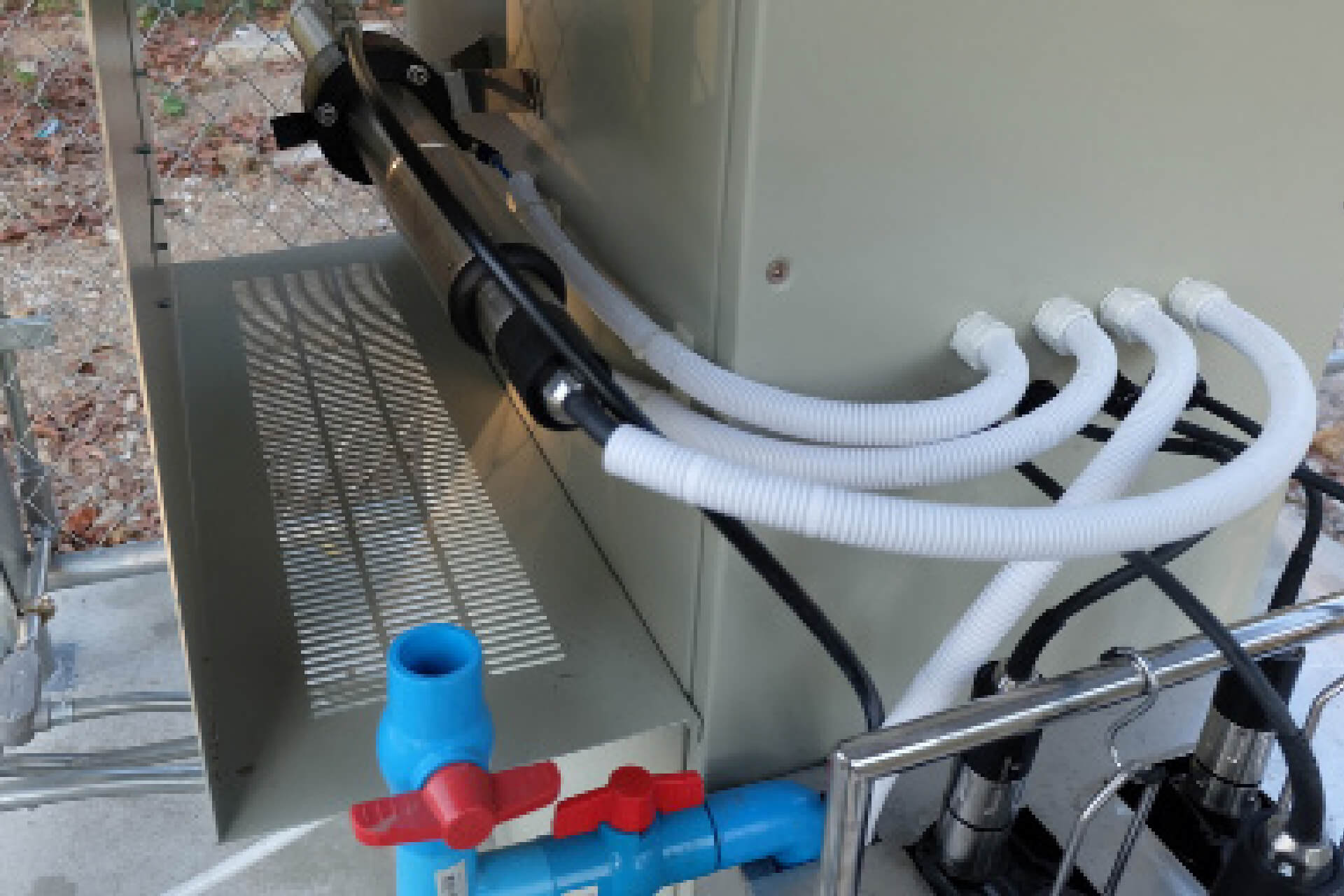
Effectiveness of the Automated River Water Monitoring System
The WTW sensors are integrated with ultrasonic and compressed air cleaning systems, enabling reliable data collection for weeks without requiring frequent maintenance. Water samples are pumped from canals or rivers to onshore monitoring stations using submersible pumps. The stations are equipped with flow guides, data storage units, and modems for remote data transmission, ensuring efficient water quality monitoring.
The water quality monitoring system not only detects pollution but also provides data for developing predictive models and early warning systems. With advanced technology from WTW, Bangkok is moving closer to its goal of improving the quality of river and canal water, thereby protecting the environment and public health.
